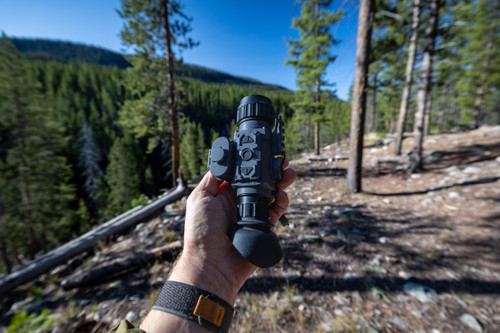Thermal Monocular vs Night Vision: Which Is Better?
Sep 23rd 2025
Thermal Monocular vs Night Vision: Which Is Better for Hunting, Search & Rescue, and Scouting?
Tracking elusive wildlife in pitch darkness, locating a missing person in dense underbrush, or scouting terrain demands the right optical tool. In this guide, I compare thermal monocular vs night vision devices to help outdoor enthusiasts, hunters, and search and rescue teams enhance safety, locate subjects, and monitor activity. You’ll learn what sets these technologies apart, real-world use cases, cost and usability trade-offs, decision-making scenarios, and top recommendations for 2025.
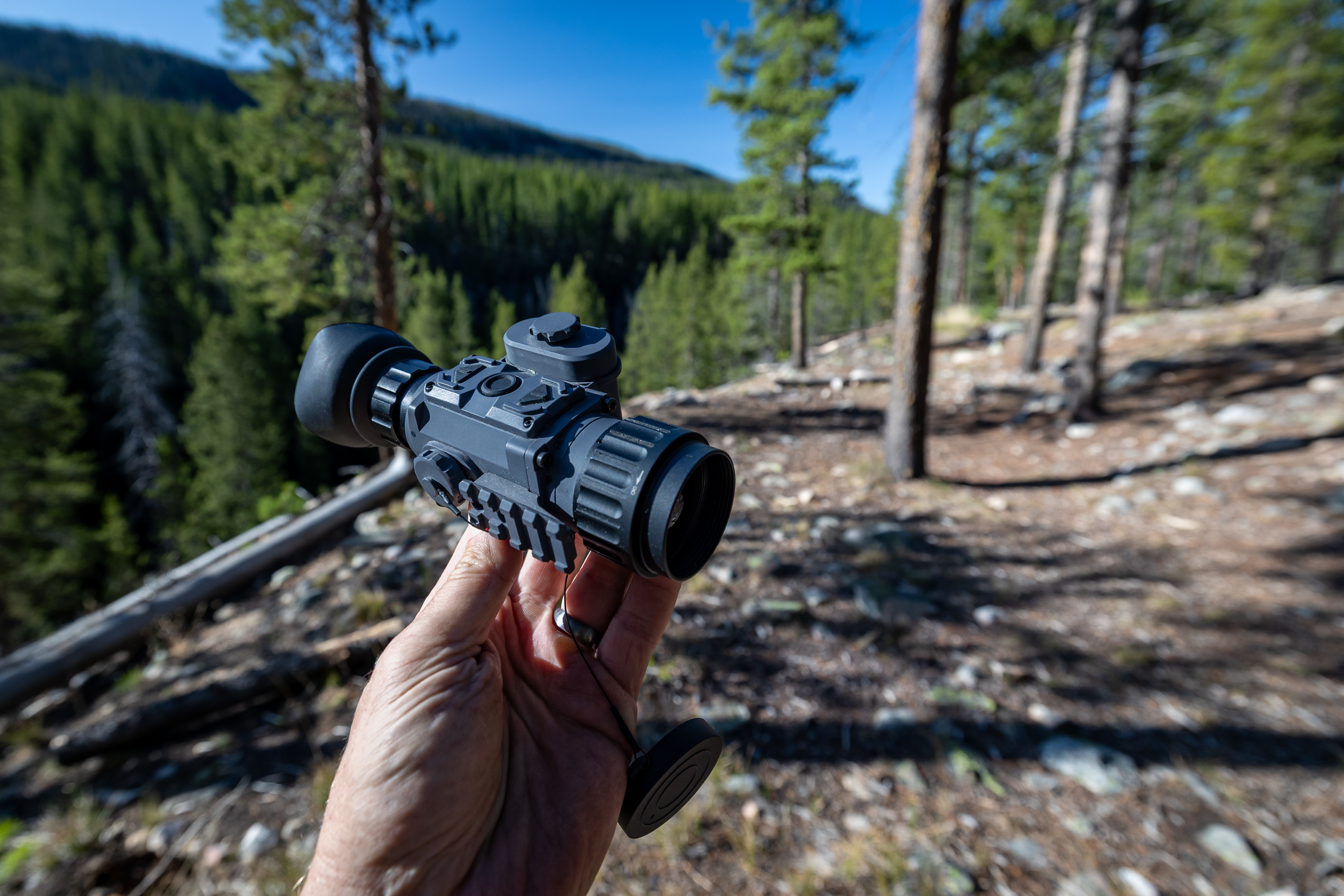
What Are the Key Differences Between Thermal Monoculars and Night Vision Devices?
Thermal monoculars detect heat, while night vision devices amplify available light - each technology delivering unique advantages for field operations. For detailed product options and advanced performance, explore Armasight’s night vision solutions. Understanding these distinctions lays the foundation for choosing the right tool.
- Thermal works by sensing infrared radiation emitted by warm bodies.
- Night vision relies on an image intensifier tube to boost dim light.
- Thermal excels in total darkness and through foliage; night vision shows clearer images in low-light environments.
These core contrasts explain why one device may outperform the other under specific conditions.
How Does Thermal Imaging Work to Detect Heat Signatures?
Thermal imaging captures infrared radiation through a microbolometer array, converting temperature differentials into a heat map that highlights warm objects against cooler backgrounds. This mechanism makes it possible to spot a hiding animal or person by their body heat, regardless of ambient light. As heat sensing drives detection, the next step is to examine how night vision leverages existing light.
What Are the Main Components of Thermal and Night Vision Monoculars?
Below is a comparison of essential parts and their functions to illustrate how each technology operates:
| Device Type | Core Component | Primary Function |
|---|---|---|
| Thermal Monocular | Microbolometer | Detects and visualizes heat signatures |
| Night Vision Monocular | Image Intensifier Tube | Amplifies low-level light |
| Night Vision Digital Monocular | CMOS, IR Illuminator | Projects infrared to sharpen details |
These components shape each technology’s strengths before examining their real-world field-monitoring roles.
Detailed Technical Comparison: Thermal vs. Night Vision
A deeper dive into the technical specifications reveals how each device is engineered for distinct operational advantages.
Design
Thermal Monoculars: Often feature a more robust, sometimes bulkier design to accommodate the microbolometer sensor and associated cooling mechanisms. Their construction prioritizes durability for harsh outdoor environments.
Night Vision Monoculars: Generally lighter and more compact, with a simpler optical path focused on light collection and intensification. Their design emphasizes portability and ease of handling for extended periods.
Operating Principle
Thermal Monoculars: Operate on the principle of passive detection, sensing infrared radiation (heat) emitted by objects. They do not require any ambient light or an external illuminator to function.
Night Vision Monoculars: Rely on amplifying existing ambient light (passive) or utilizing an infrared (IR) illuminator to project invisible light that is then amplified (active). They require some light source to create an image.
Detection
Thermal Monoculars: Excel at detecting heat signatures, making them highly effective through smoke, fog, light foliage, and in absolute darkness. They can spot warm objects against cooler backgrounds regardless of visible light conditions.
Night Vision Monoculars: Primarily detect reflected visible or near-infrared light. While effective in low-light conditions, their detection capabilities are significantly hindered by obstructions like dense foliage, heavy fog, or complete darkness without an IR illuminator.
Recognition and Identification
Thermal Monoculars: Provide excellent detection capabilities, allowing users to quickly locate subjects. However, their lower resolution and heat-map imagery can make detailed recognition and identification (e.g., facial features, specific markings) challenging.
Night Vision Monoculars: Offer superior image clarity and detail in low-light environments, making them better suited for recognition and identification tasks where discerning specific features of wildlife, individuals, or objects is crucial.
Image Creation
Thermal Monoculars: Generate a "heat map" image, often displayed in monochrome (e.g., white-hot, black-hot) or various false-color palettes, representing temperature differentials. The image is a representation of heat, not visible light.
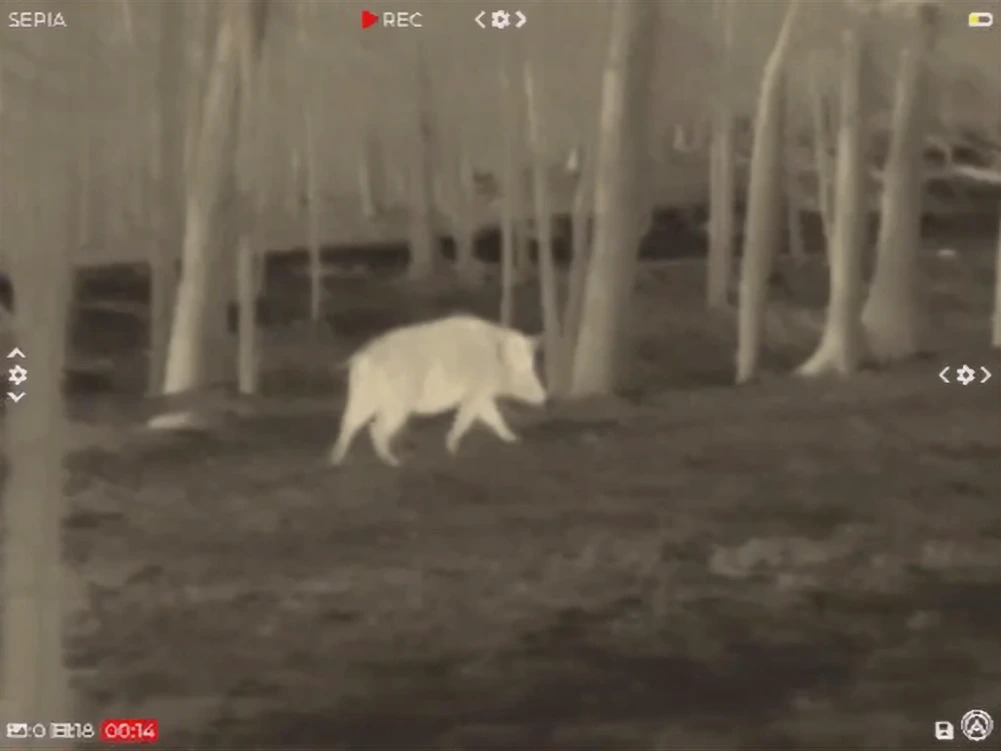
Night Vision Monoculars: Create an image by intensifying photons. Traditional image intensifier tubes produce a characteristic green-tinted image, while digital night vision devices often display a black-and-white image, sometimes with the option for color in very low light.
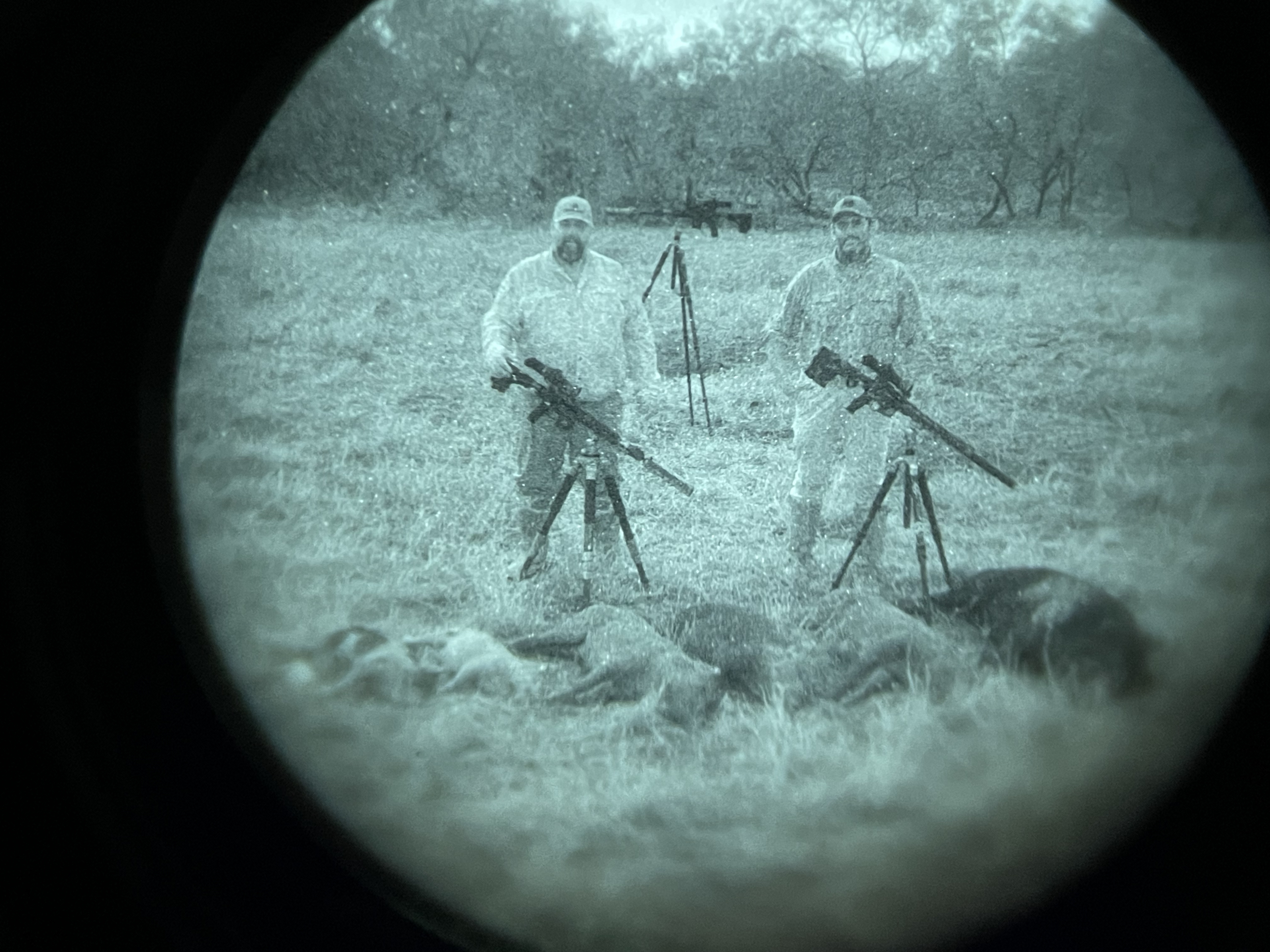
Environmental Conditions Minimizing Disturbance
Thermal Monoculars: Are largely unaffected by visible light conditions and perform consistently well in adverse weather such as fog, smoke, or light rain, as long as there are temperature differences to detect. They do not emit visible light, ensuring stealth.
Night Vision Monoculars: Performance degrades significantly in conditions of total darkness without an IR illuminator, or in heavy fog/rain that scatters and diffuses available light. While some models have IR illuminators, these can be detected by other night vision devices.
Which Device Is Better for Locating Subjects and Field Monitoring?
Thermal imaging excels at locating missing subjects by detecting body heat through dense foliage, while night vision monoculars provide clear identification once ambient light is present. This section explores how each tool supports search and rescue operations, hunting, and field surveillance.
Why Is Thermal Imaging More Effective for Locating Subjects at Night?
Thermal monoculars outperform in three key ways when searching for a vanished subject:
- Penetrating cover – Heat detection through leaves and brush reveals concealed subjects.
- Total darkness operation – Infrared sensing works without any light source.
- Temperature contrast – Warm-blooded subjects stand out sharply against cooler surroundings.
These advantages make thermal ideal for rapid detection in rural or wooded settings, crucial for hunting, search and rescue, or scouting.
How Does Night Vision Help with Field Surveillance and Security?
Night vision monoculars offer these benefits for field-based monitoring: night vision
- Enhanced clarity – Recognizable outlines of wildlife, individuals, and potential intruders.
- Wider field of view – Easier tracking of movement across terrain.
- Silent operation – No shutter required to update image, minimizing disturbance.
When ambient light is available, night vision provides detailed imagery for identification and routine surveillance.
What Are the Limitations of Thermal and Night Vision for Field Monitoring?
Each technology has trade-offs that influence performance: night vision.
- Thermal: Lower resolution for facial recognition; higher cost per unit.
- Night vision: Requires some light or IR illumination; reduced effectiveness in fog.
- Both: Limited detection range relative to system resolution and optical magnification.
Balancing these drawbacks clarifies which device aligns with your monitoring goals.
How Do Thermal and Night Vision Monoculars Compare in Cost, Battery Life, and Usability for Field Operations?
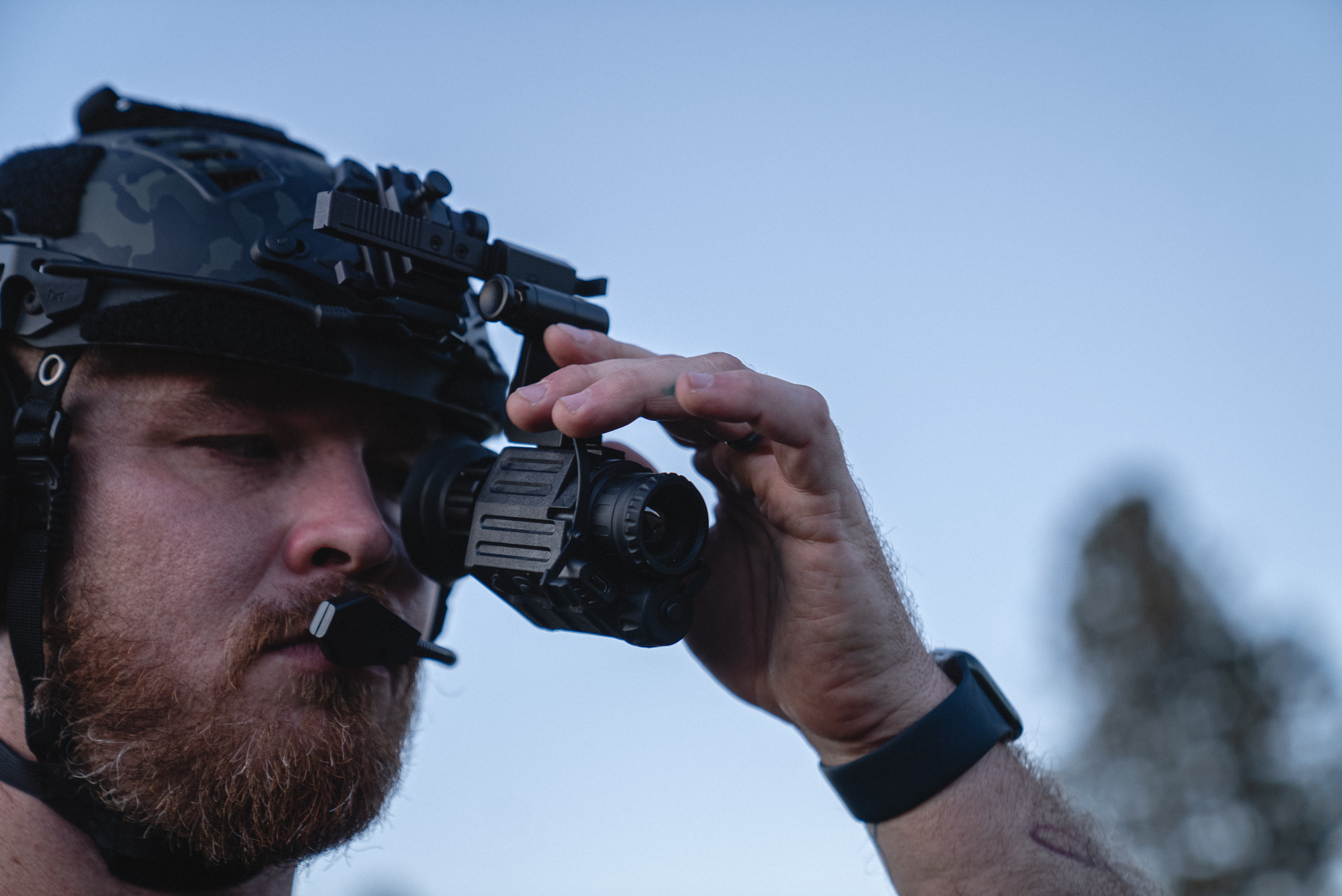
Evaluating price, power, and portability helps field operators select the most practical device. Below is a side-by-side overview:
| Comparison Factor | Thermal Monocular | Night Vision Monocular |
|---|---|---|
| Price Range | $1,000–$4,000 | $300–$4,000 |
| Battery Life | 4–8 hours per charge | 20–40 hours per set of batteries |
| Portability | Moderate weight; often bulkier | Lightweight; easier to hold on patrols |
Understanding these trade-offs guides decision-making based on budget and usage patterns.
What Is the Typical Price Range for Thermal vs Night Vision Devices?
Thermal monoculars typically start around $1,000 for entry models and can exceed $4,000 for high-resolution units. Night vision options are more budget-friendly, ranging from $300 for basic models to $1,200 for generation-2 intensifier devices, while Gen 3 models can cost as much as a high end thermal device. This price gap reflects sensor complexity and performance.
How Long Do Batteries Last in Thermal and Night Vision Monoculars?
A thermal unit’s internal battery usually delivers 4–8 hours of continuous use, while night vision monoculars powered by AA or CR123 batteries often run 20–40 hours before replacement. Extended searches benefit from night vision’s longer operational window.
Which Device Is Easier to Use and Carry for Field Operators?
Night vision monoculars generally weigh under 1 lb and feature simple on/off controls, making them convenient for extended patrols or scouting. Thermal monoculars can weigh 1.5–2 lbs and require menu navigation for palette selection, but their intuitive heat-map display simplifies locating warm targets.
When Should Field Operators Choose Thermal Monoculars Over Night Vision Devices?
Selecting the right tool depends on environment and detection needs. Thermal imaging is the clear choice when low-light conditions or concealment challenge visibility.
In What Situations Does Thermal Imaging Outperform Night Vision?
Thermal monoculars excel in: thermal imaging
- Dense woods where foliage obscures subjects.
- Fog or smoke that diffuses ambient light.
- Complete darkness with no light source.
These scenarios highlight thermal’s unmatched detection capability.
When Is Night Vision More Suitable for Field Safety and Security?
Night vision monoculars shine in: night vision
- Open terrain with some ambient or artificial light.
- Familiar layouts where identification of markings or features matters.
- Extended monitoring requiring minimal battery swaps.
Here, detailed visuals aid recognition and routine surveillance.
How to Decide Based on Your Environment and Monitoring Needs?
Match your primary need—detection or identification—to night vision technology:
- Choose thermal for hidden or distant subjects (wildlife, persons) in dark terrain.
- Opt for night vision when clear, detailed imagery under low light suffices.
- Balance budget and battery life to maximize practical use.
With this framework, you can pinpoint the device that meets your specific monitoring criteria.
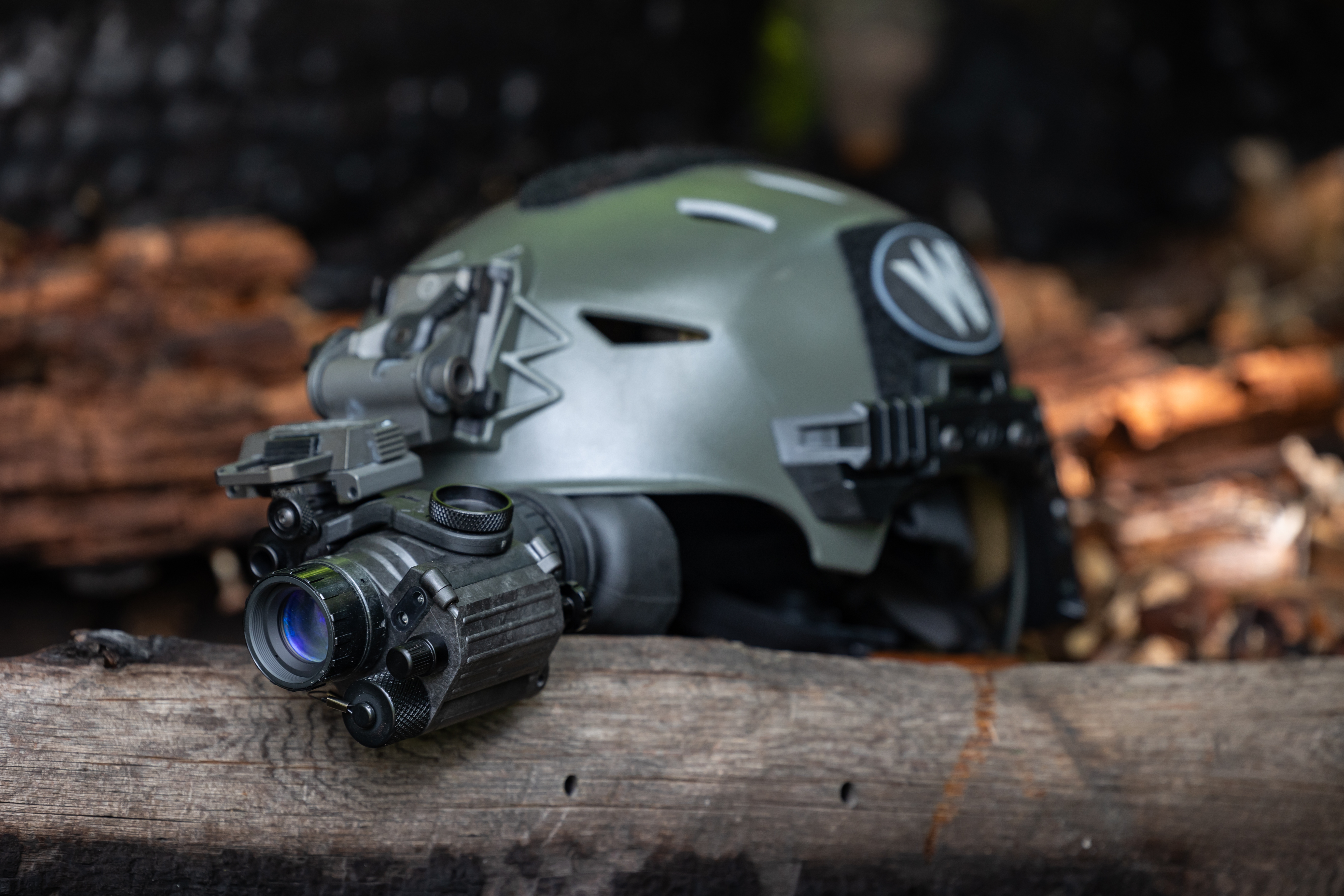
What Are the Best Thermal and Night Vision Monoculars for Hunting, Search & Rescue, and Scouting in 2025?
Leading devices combine performance, ease of use, and value. The following lists highlight top picks tailored for thermal imaging and field security.
Which Thermal Monoculars Are Top-Rated for Tracking and Safety?
- Armasight Warden 640 – 640x480 sendor, compact design, 1300 m detection range, simple heat-map display, video recoding.
- AGM Asp-Micro TM160 – 160×120 resolution, 4× zoom, long battery life.
- Pulsar Axion XM30 – 640×480 sensor, multiple color palettes, rugged IP67 build.
These thermal units balance power consumption, portability, and heat-detection accuracy.
What Are the Best Night Vision Monoculars for Field Security and Monitoring?
- Armasight PVS14 – Gen 3+, 40 hr battery life, compact design.
- Night Owl Pro Nexgen – Wide field of view, built-in IR illuminator, lightweight body.
- Sightmark Wraith HD4 – High-gain CMOS, crisp white imagery, ergonomic design.
Each model enhances identification and sustained low-light observation.
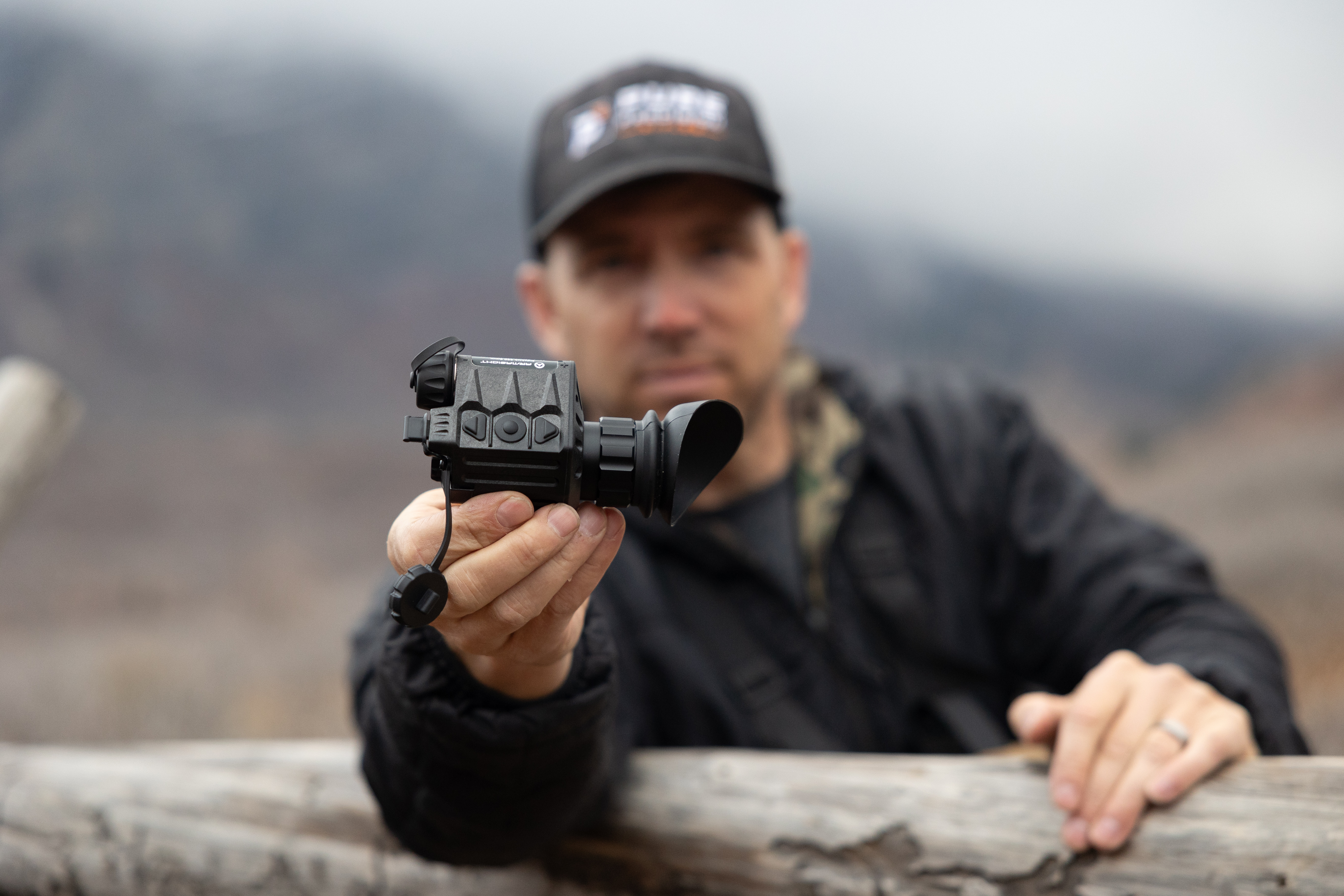
Where Can Field Operators Purchase Reliable Thermal and Night Vision Devices?
Armasight offers select products and accessories for field safety, while specialist optics retailers stock a broader range. For comprehensive options and technical details, visit Armasight’s thermal and night vision solutions or explore authorized dealers online.
Choosing between thermal monocular vs night vision boils down to whether you value heat-based detection or light amplification for identification. Thermal units lead when darkness or concealment challenge your search, and night vision shines in low-light settings demanding clear imagery. Assess your environment, budget, and operational goals to select the right tool for successful hunting, search and rescue, or scouting missions.

